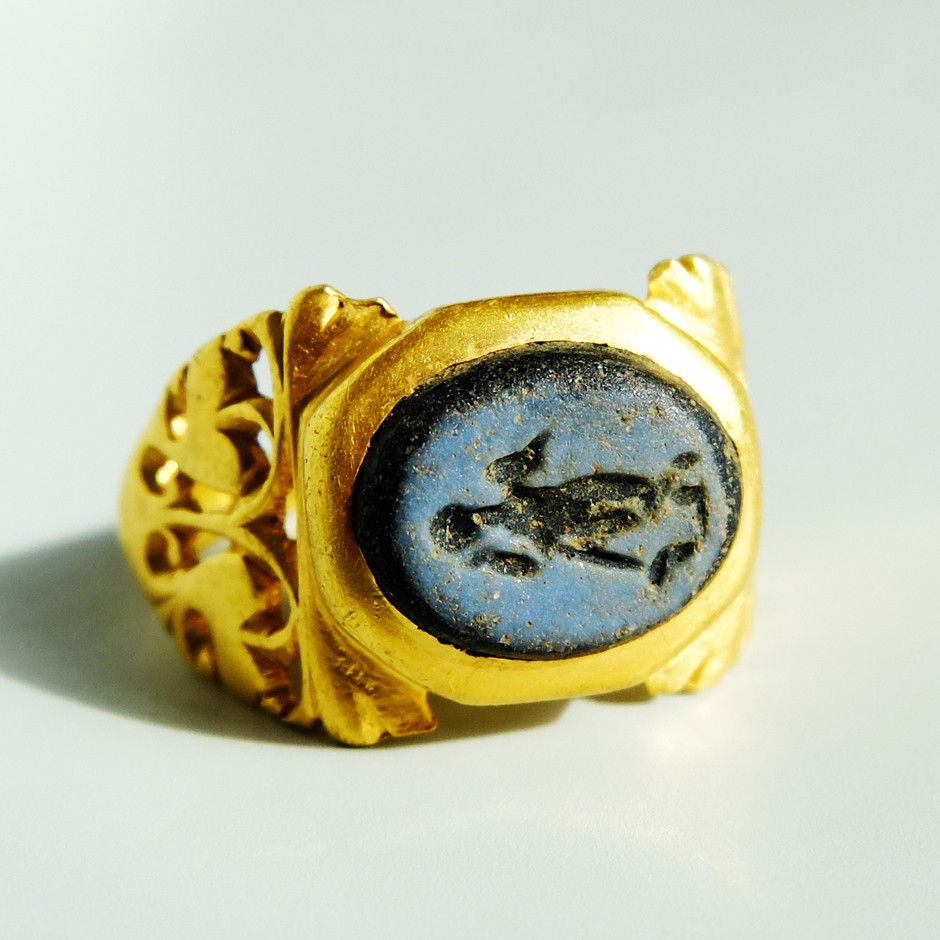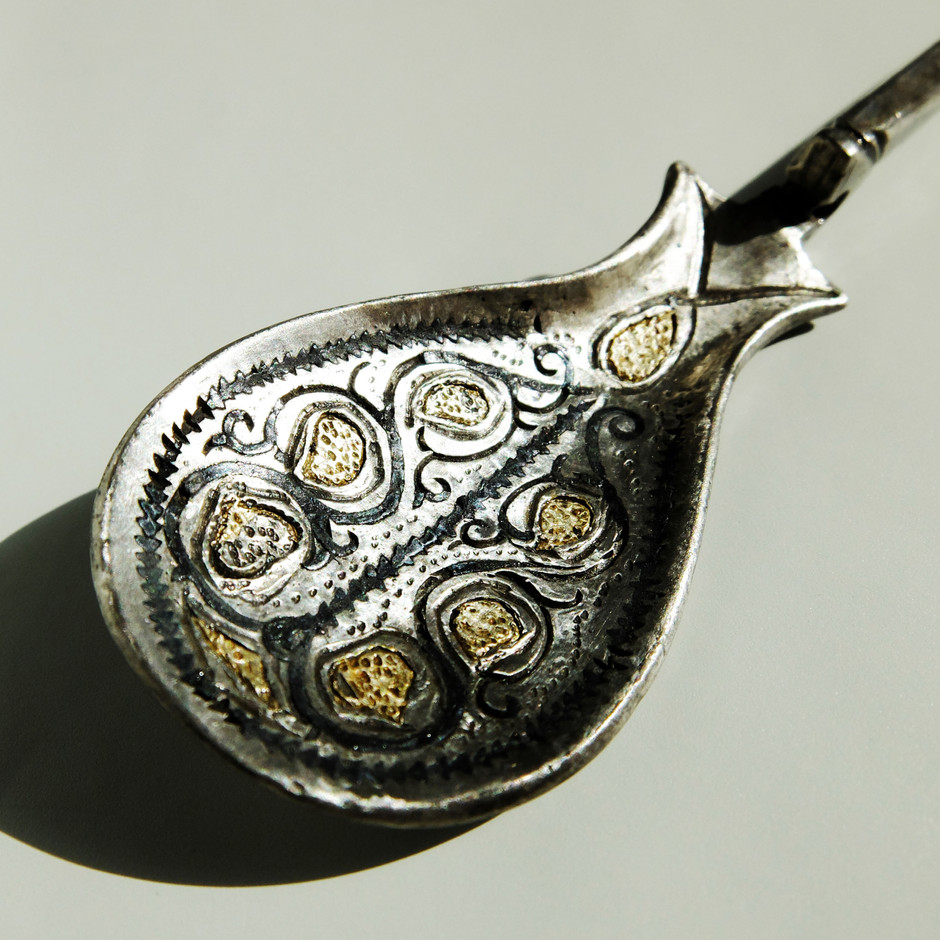Who hasn't dreamt of becoming an archaeologist in the style of Indiana Jones or Lara Croft? To get an idea of this profession and the discoveries that can be made, visit the Archaeological Museum of Arlon in Belgium, which houses the most important collection of Gallo-Roman carved stones in Belgium, and is one of the most important sites in Europe.
The town of Arlon is located at the intersection of two important Roman roads (Reims to Trier and Metz to Tongeren) which allowed the ancient town (Orolaunum Vicus) to prosper during the first three centuries of our era. The first discoveries made in Arlon date back to the 17th century, when the ancient rampart was dismantled and its foundations revealed the remains of grave monuments. Although some of the sculpted blocks were sent to the grand duchy at the time, the majority were kept in Arlon.
More than 40 archaeological sites
In the course of the 19th century, the number of findings in the city centre increased during various demolition and construction works. These were collected at the museum. At the beginning of the 20th century, the most important necropolis in the Vicus was discovered, the "Hochgericht", from which some of the objects found in the graves were donated to the museum by collectors.
In 1936, a second necropolis was discovered, the “Spetz”, located along the Arlon-Trier road. Between 1963 and 1967, a section of the rampart yielded about a hundred sculpted blocks. Research then became scarce until the early 2000s, when the public service of Wallonia undertook a series of preventive excavations in the Vicus’ artisanal district. A whole section of the life of the ancient town, which until then was unknown, was revealed: settlements and craft activities. Some of the objects discovered during these campaigns were deposited in the museum in 2018.
Relics from more than 40 other archaeological sites (necropolises, settlements and cult sites) located in the province of Luxembourg are preserved and/or exhibited in the museum. In addition to its permanent collections, the Arlon museum has been offering the temporary exhibition "Vallus – the teeth of the earth". This exhibition is an investigation into the past and was created within the framework of a European project, bringing together the Archaeological Museum of Arlon, the Musée de l'Ardenne (France), Malagne – the Rochefort Archaeopark (Belgium), and the Ardennes archaeological unit. It follows the discovery of metal teeth during an excavation undertaken by archaeologists on the site of Warcq.
This finding supports evidence showing the existence of an ancient tool, the Vallus, a revolutionary object of its time. This exhibition gives visitors the opportunity to discover original Gallo-Roman archaeological objects and to attend the screening of the documentary "Vallus - the teeth of the earth", produced by the Rochefort Archaeopark.
And on the occasion of the Heritage days on 11 and 12 September on the theme of “women and heritage", the museum will be offering several events, including a meet-up with the aim of tackling various themes relating to the life of women in the past and today, as well as a conference on the theme “the origin of the patriarchy". More information on the .
Tours, which last about 1.5 hours, are by reservation only; the museum invites interested parties to contact the museum, preferably by e-mail. Reservations must be made at least one day before the visit.
Groups are limited to four people over 12 years of age (children under 12 years of age are not counted). Masks must be worn by children aged 12 and over.
Practical information:
The museum is open from Tuesday to Saturday, from 9am to 12pm and from 1pm to 5.30pm, and on Sunday from 1.30pm to 5.30pm. Visits are currently organised according to time slots, in order to limit the number of people present in the building at the same time. When the museum has no bookings, it is possible that the doors will be closed. Make sure to book your visit in advance.
The museum is closed on Mondays.
Admission fees:
Individual admission ticket: €4 for adults, €3 for seniors (above 60 years), €2 for students (13-26 years), €1 for children (6-12 years).
Free admission for: children under 6 years, teachers, press, provincial agents, and members of certain clubs.
The Archaeological Museum of Arlon is located at 13, rue des Martyrs (B-6700 Arlon)
This article by Paperjam and has been translated and edited by Delano.






